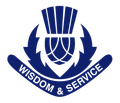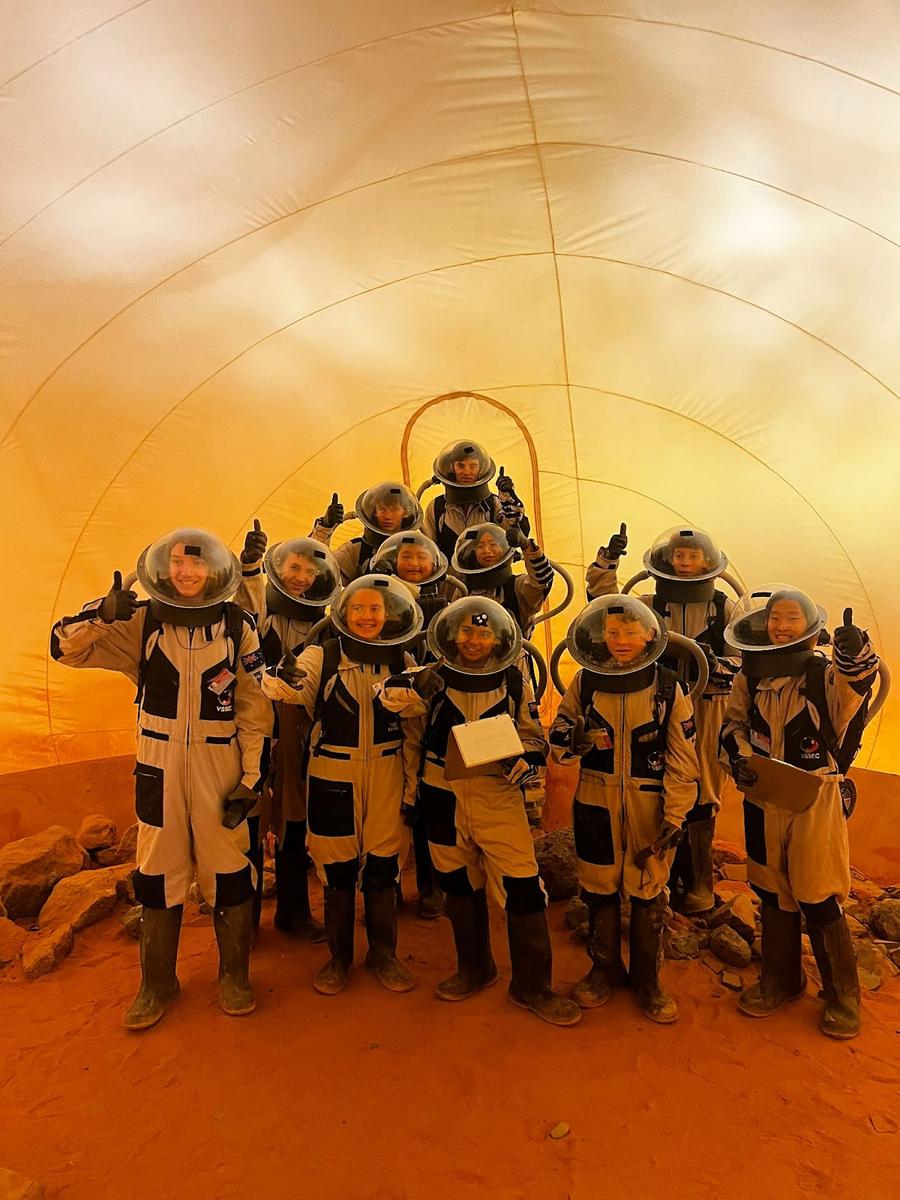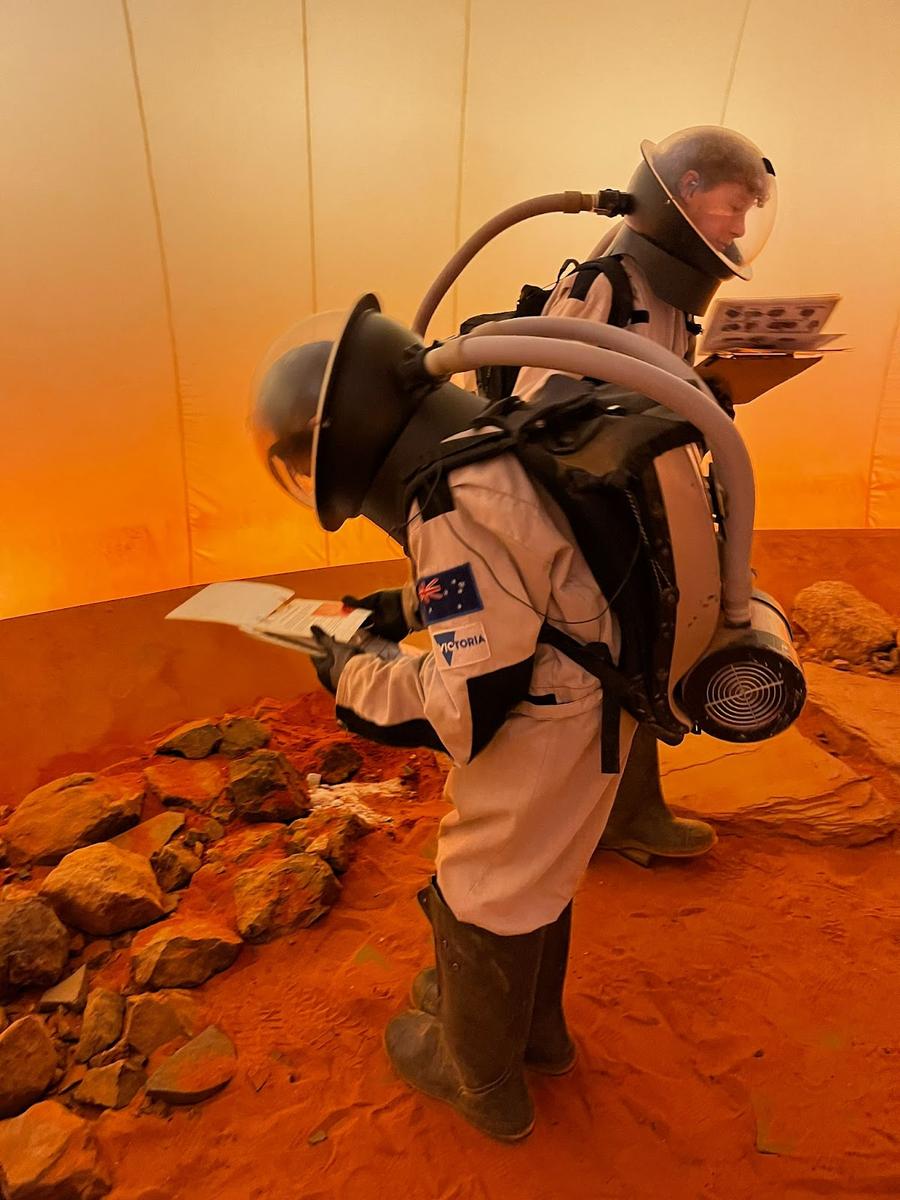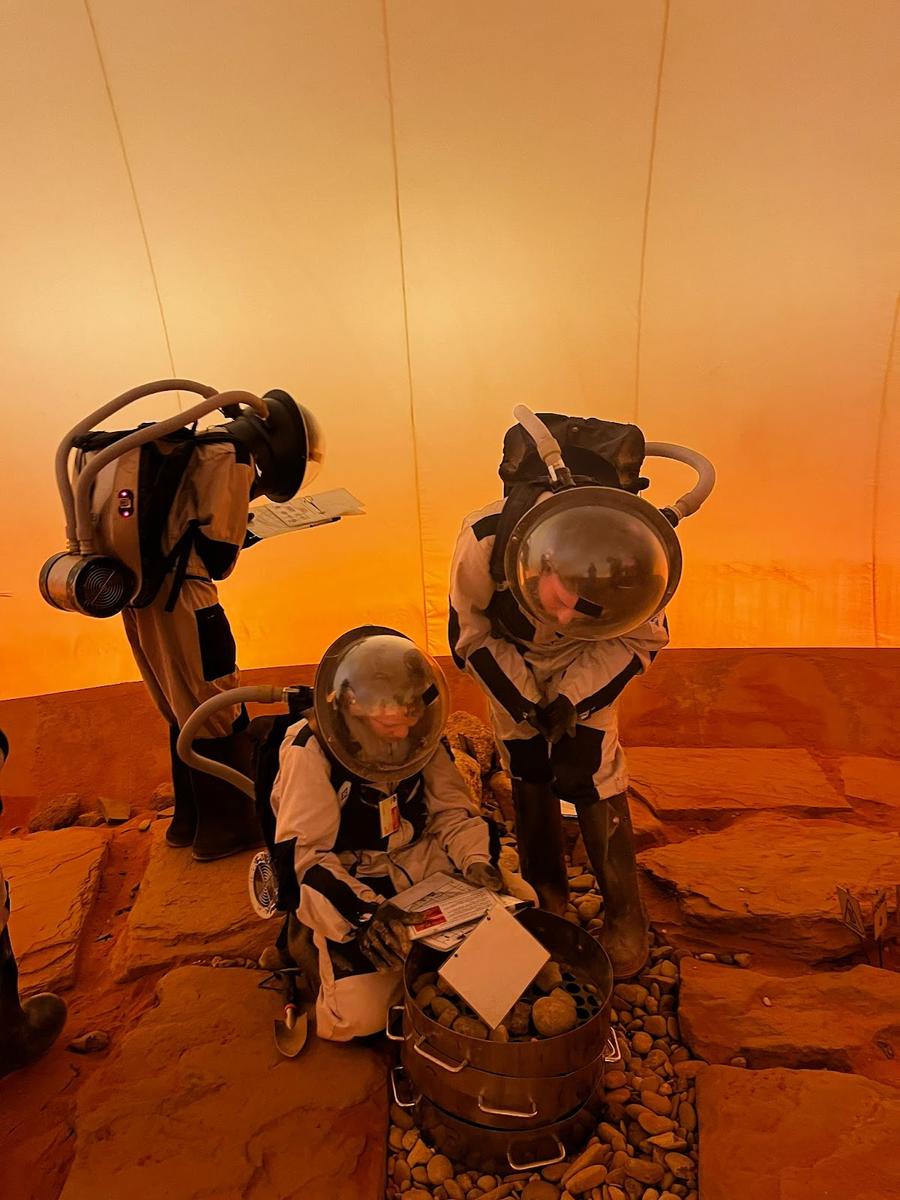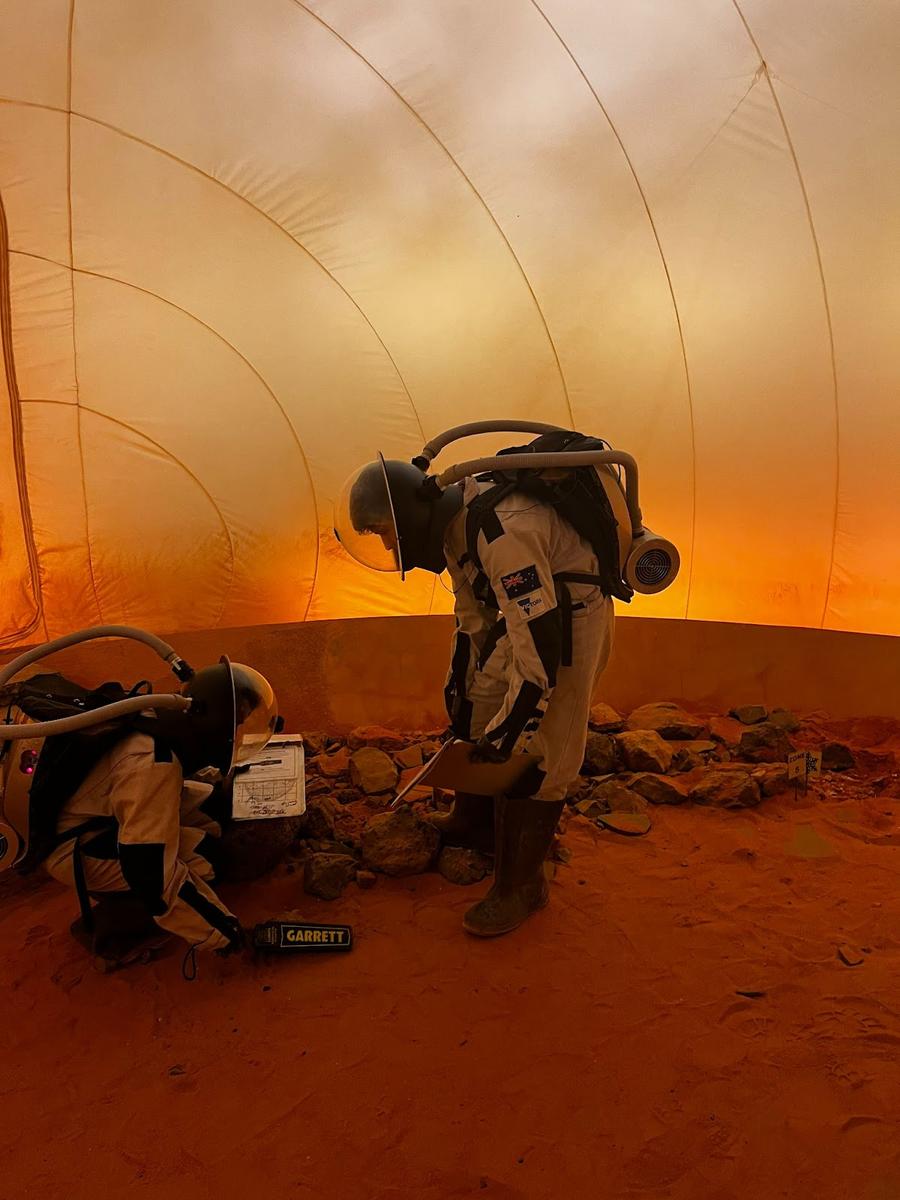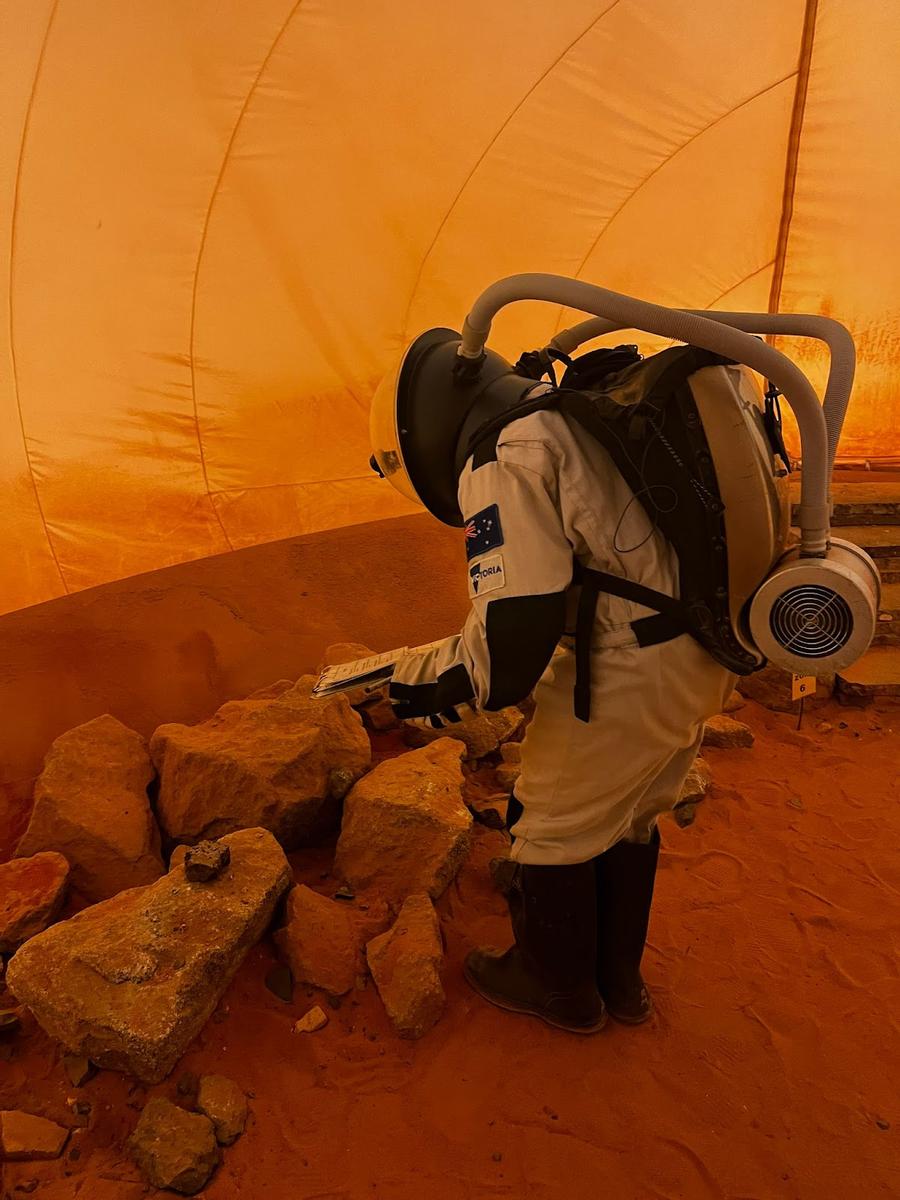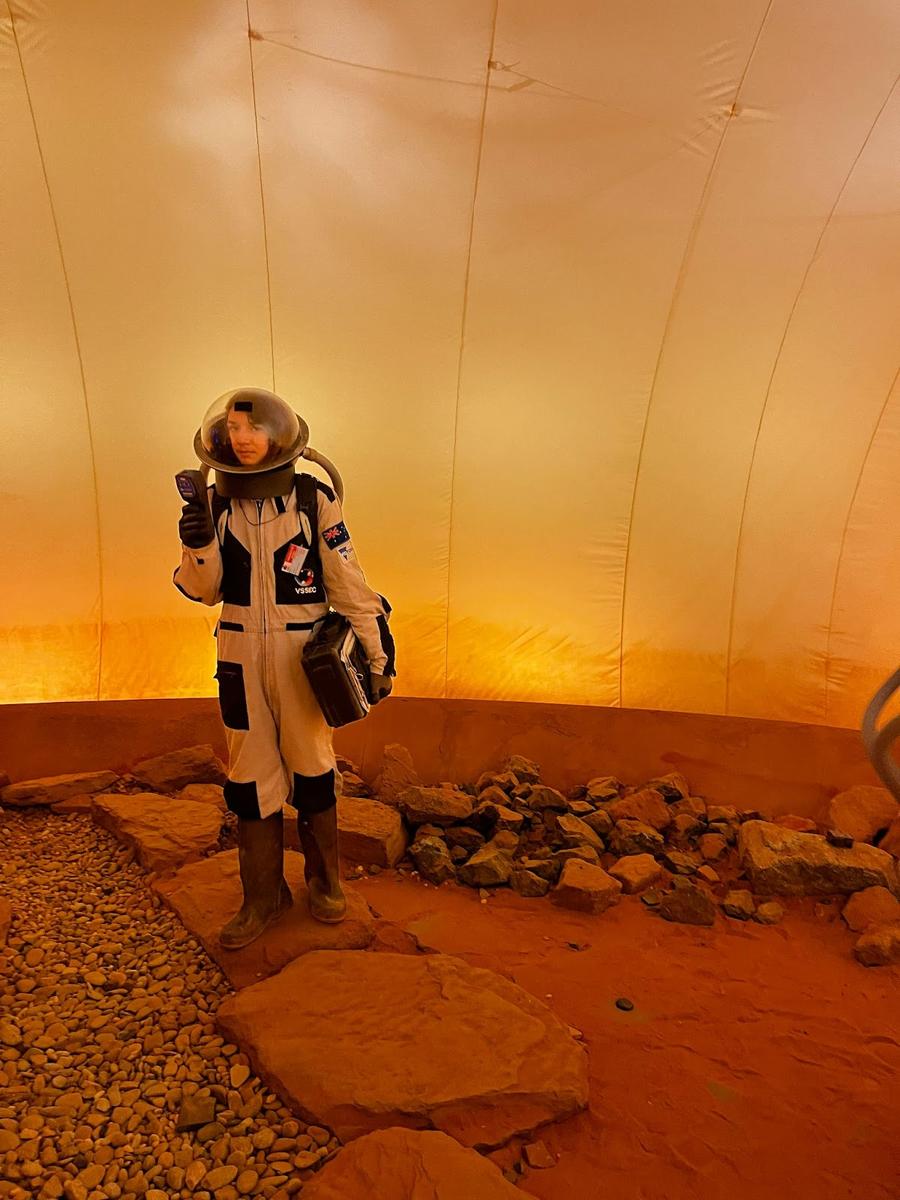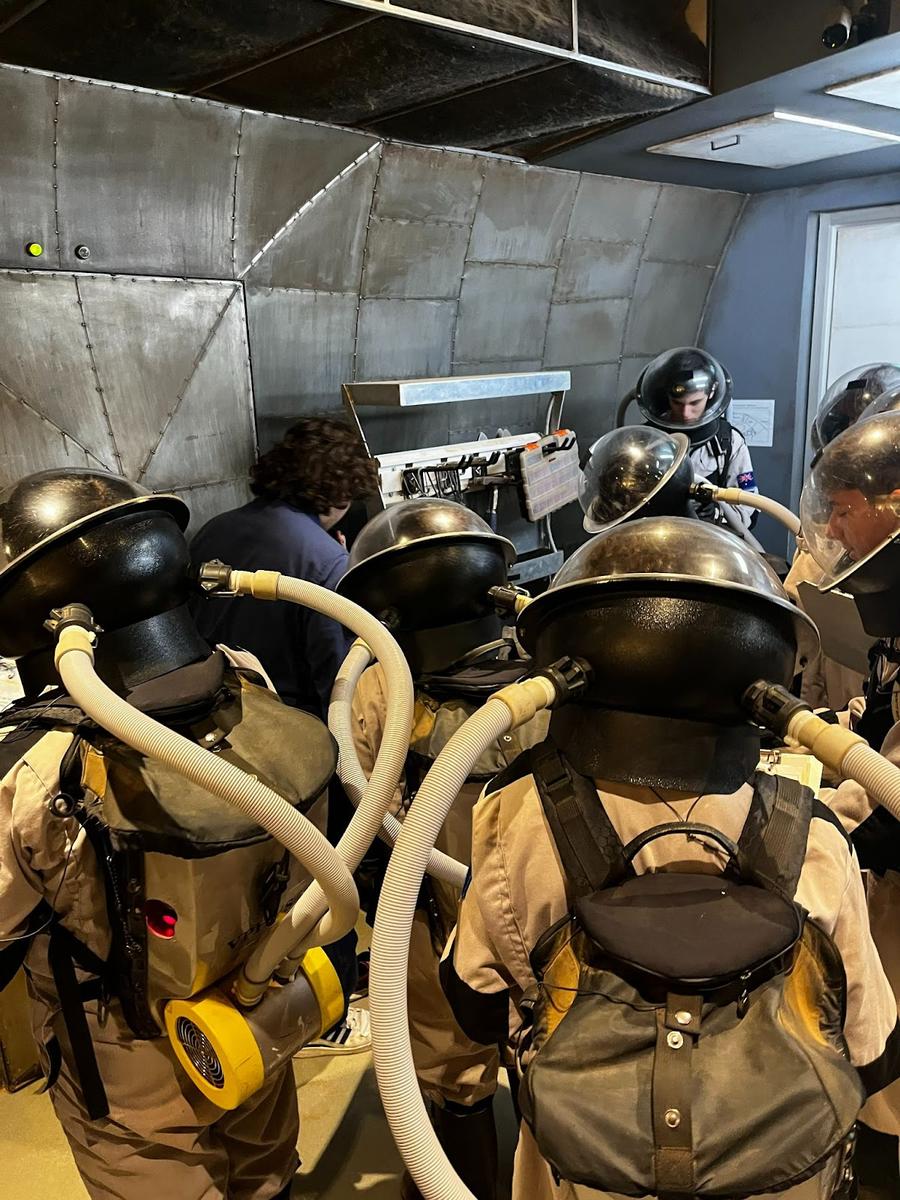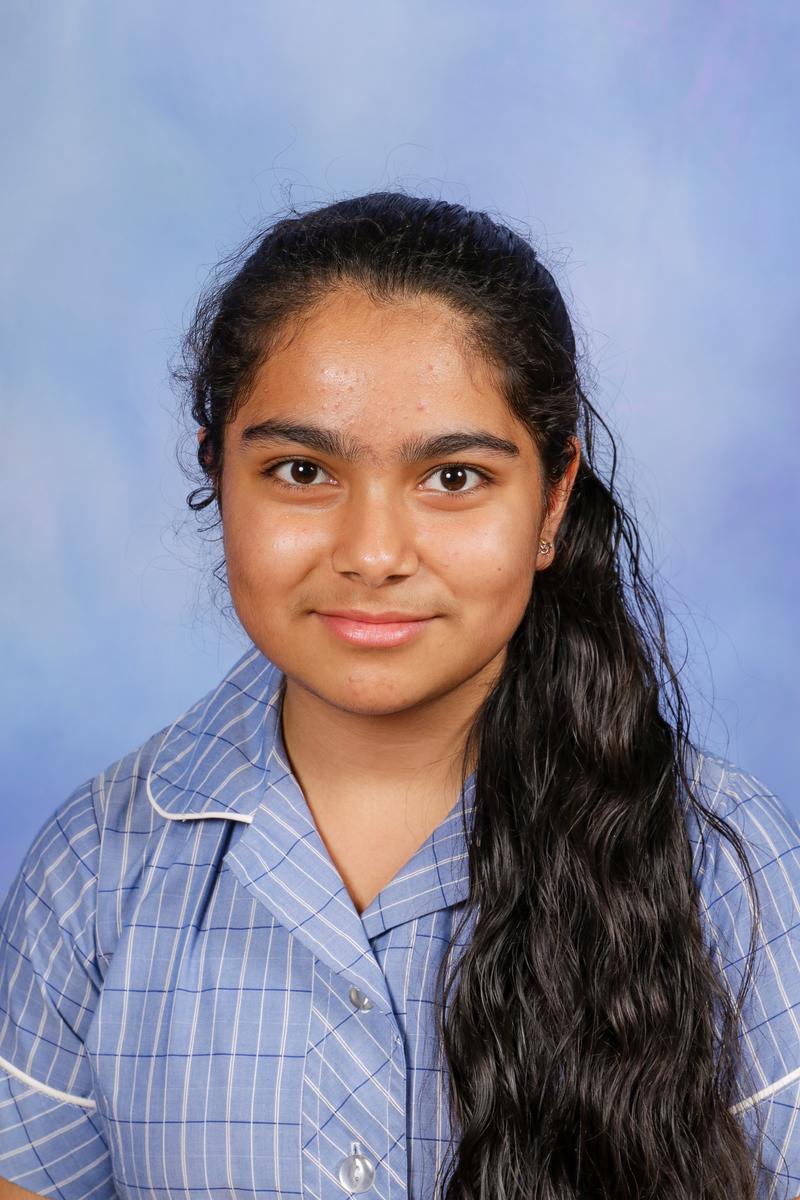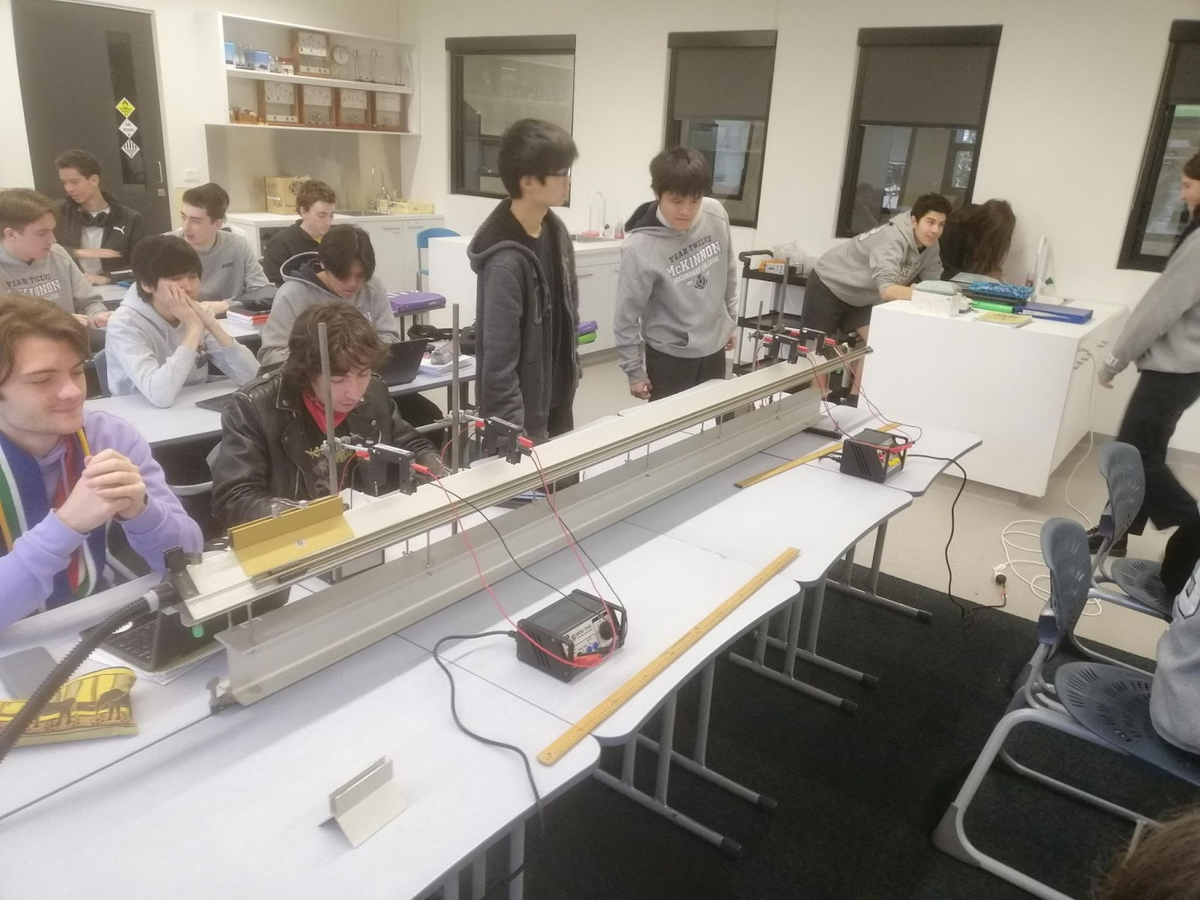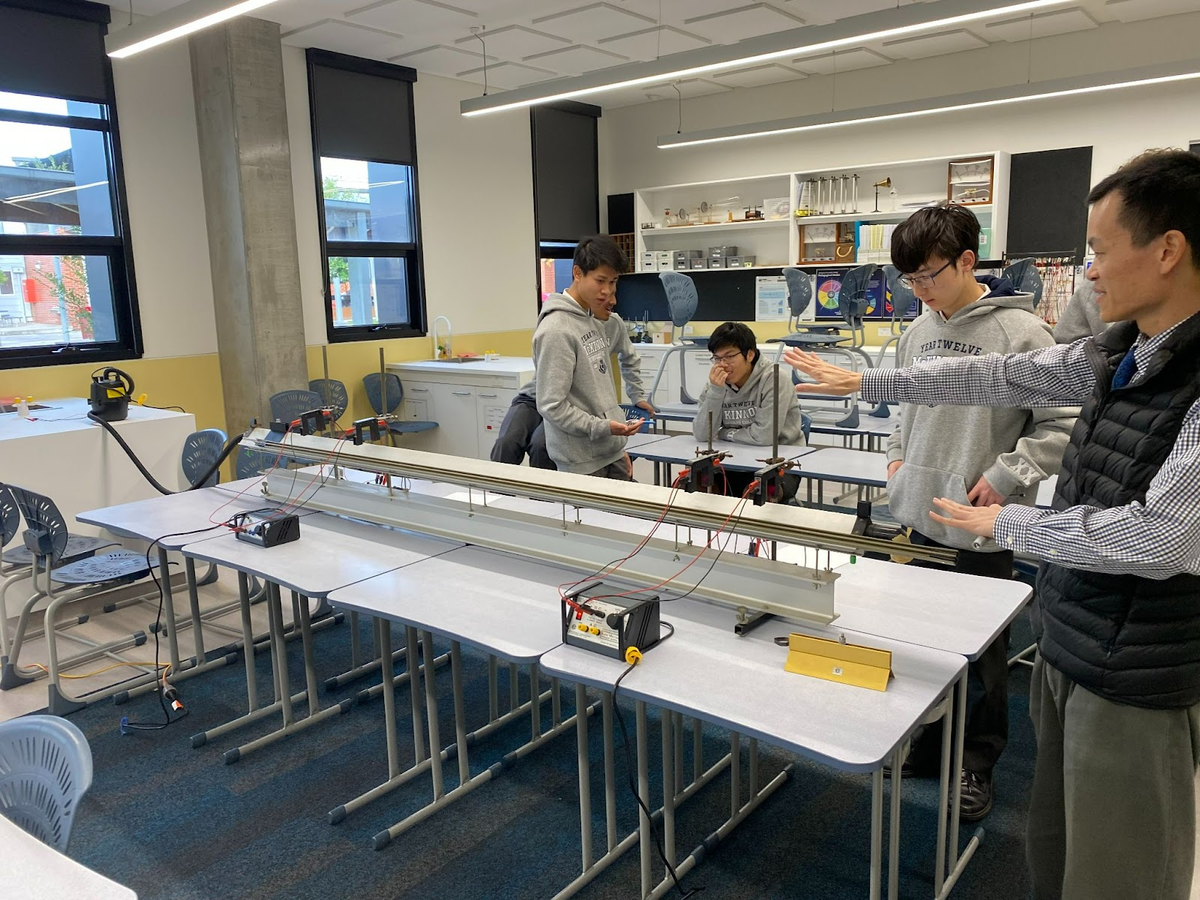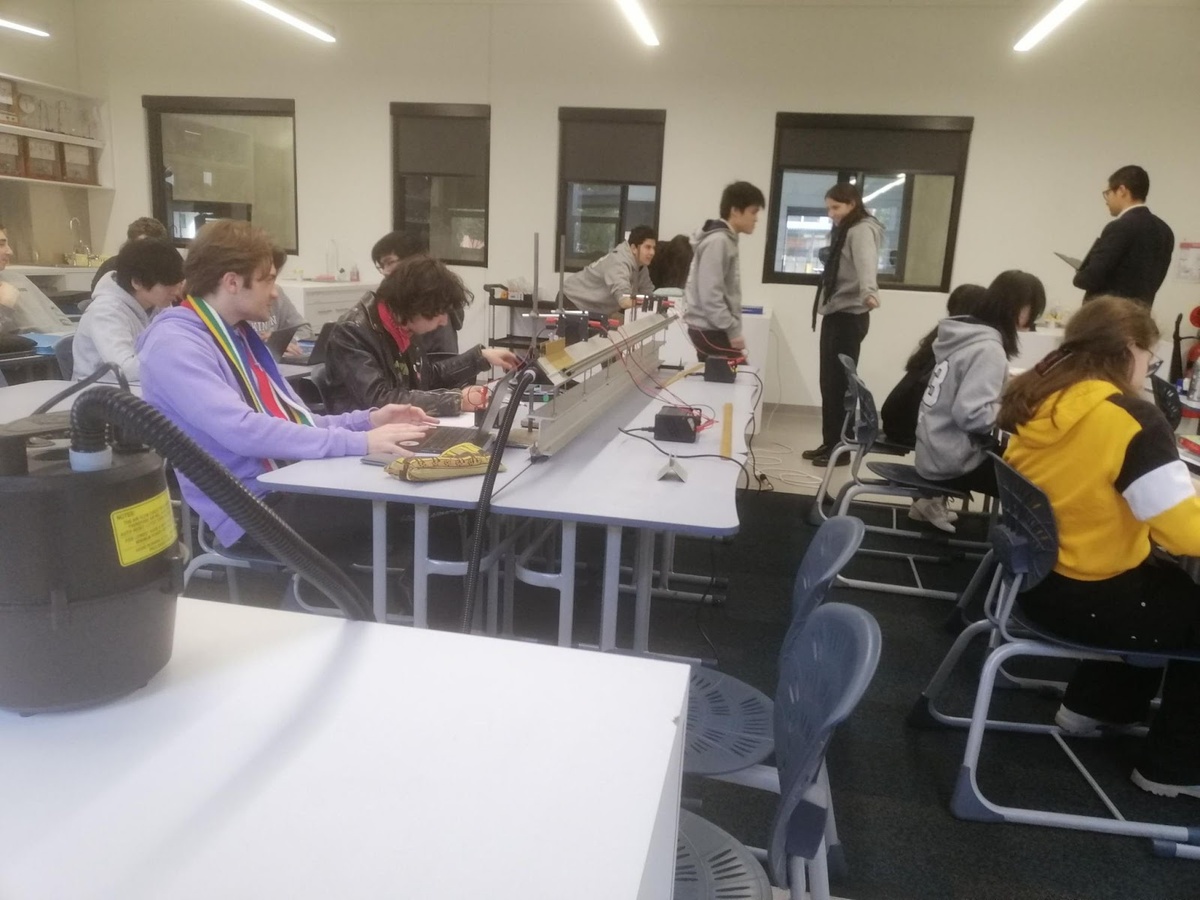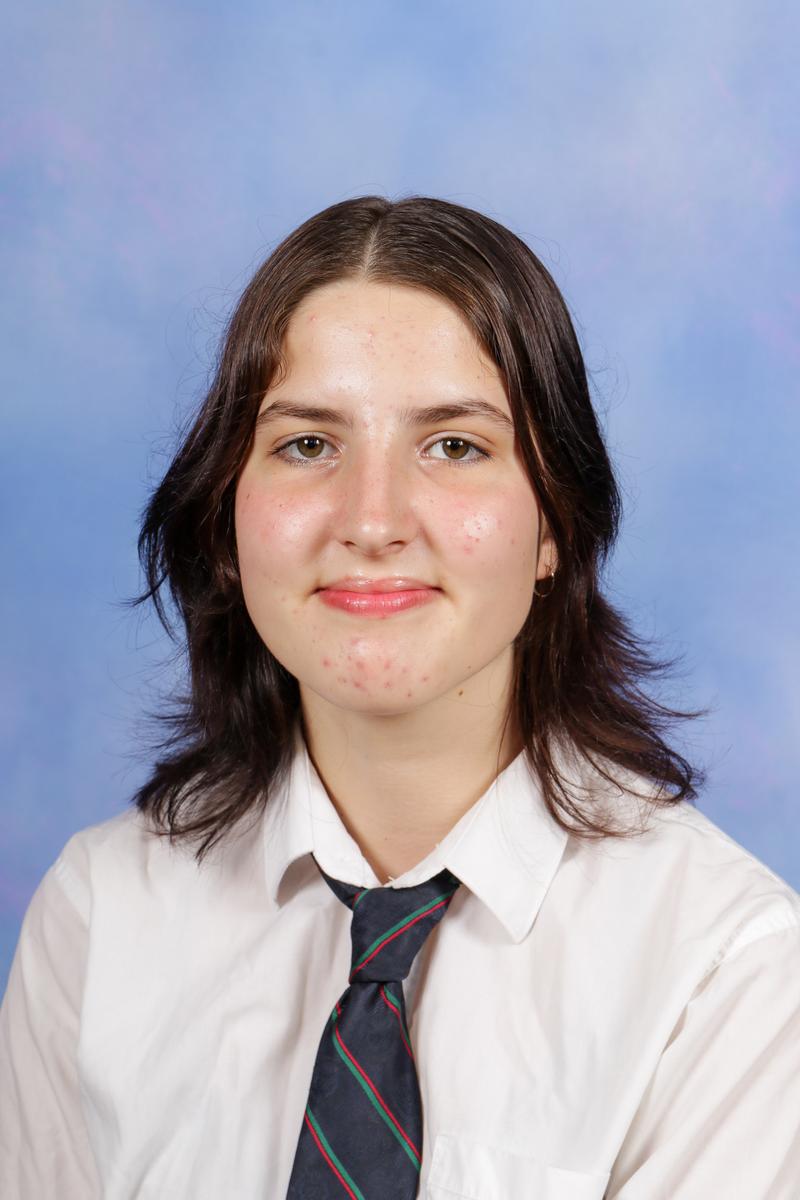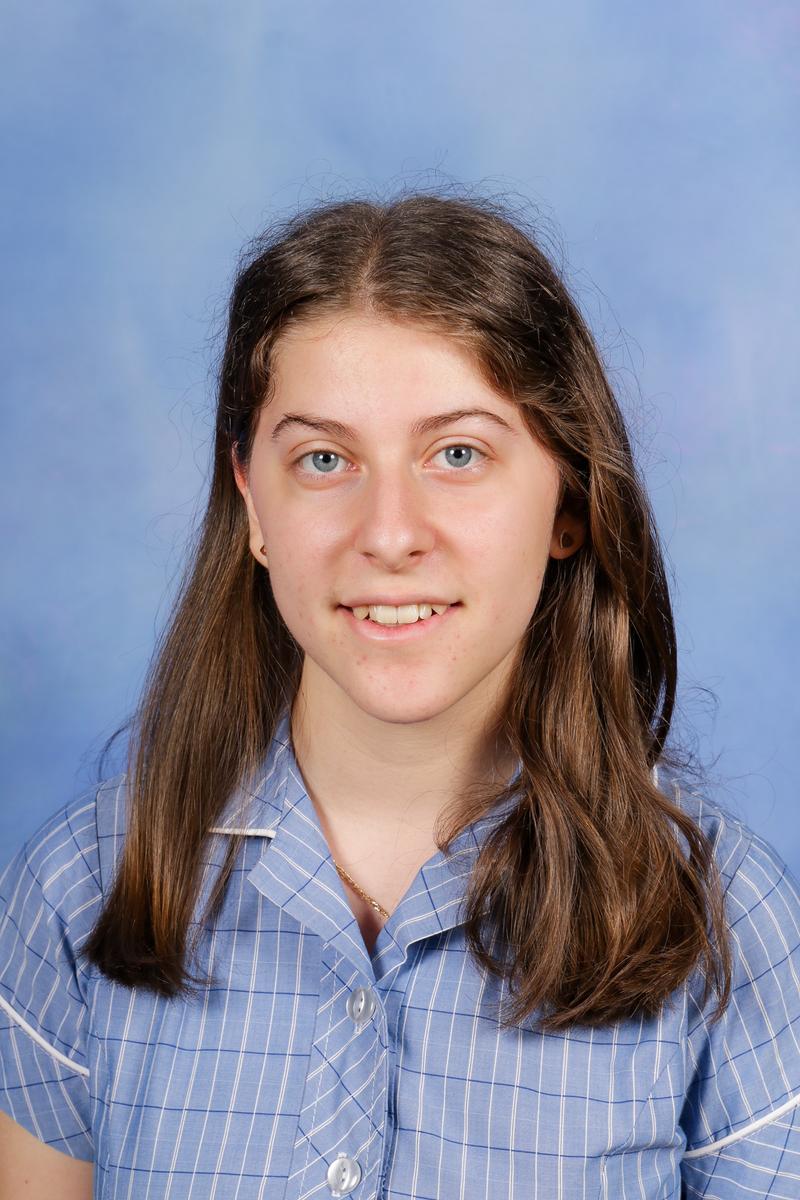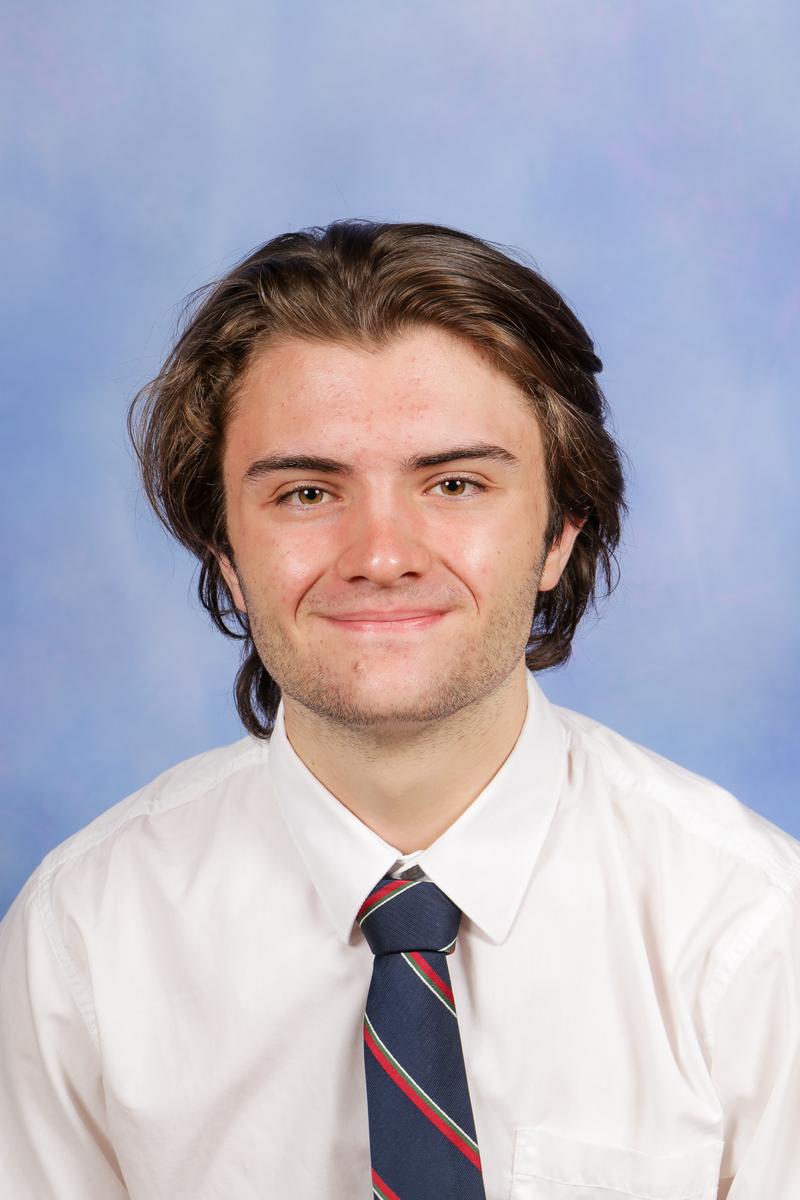SCIENCE

VSSEC MISSION TO MARS EXCURSION
A few weeks ago the Year 9 Mission to Mars students were involved in a day-long excursion to the Victorian Space Science Education Centre (VSSEC) situated in Strathmore. The VSSEC excursion provided a learning experience for students in the Martian environment and provided an excellent opportunity to experience the roles of an astronaut sent to space and their required jobs as part of the team.
We had to keep in mind two clear questions throughout the course of the day: “What is the past, present and future of Mars?” and “Why do we care?” These were answered in detail through the numerous exercises we did on the excursion.
The program required the classes to be split into halves for the first half of the day, with one group performing an onsite learning experience of being astronauts on Mars whilst the second group ran mission control and was given the opportunity to face expertise in how the mission control teams work around the clock behind machines and desks to make sure that a space travel expedition runs smoothly. In the early afternoon, the groups were swapped and learnt the skills of the opposite encounter enabling us to learn about both sides of an astronomy-related job.
Students were assigned different roles in both of the experiences. Whilst on the Martian land, we were assigned a role from a range of different roles like commanders, engineers, geophysicists and surface biologists who were controlled by a range of different engineers, officers and managers back at mission control like PDSE (Payload Deployment Systems Engineer), Mission Director and BSO (Biological Sciences Officer). On the field, we were required to fulfill tasks like testing rocks for their pH level and carbonation and detecting the movement of tectonic plates and wind speeds to ensure a quick response if a danger like a sandstorm or an earthquake was to hit, the crew would be indoors and safe.
A lunch break followed after which the cohort was divided into their roles and responsibilities and performed various different experiments regarding their roles which gave us further insight into the past and future of Mars. Experiments like drilling rocks for physical ores, testing the soil for advantageous chemicals and making a presentation summarising our findings were conducted. We found that ores and particles of metals like copper, opal and potassium were commonly found on the Martian surface.
On this excursion, we learnt a lot about the composition of Mars and how it used to look several centuries to millions of years ago and what it holds in the future and how Mars can be of great use to humans in the future in areas like architecture, medical use and also agriculture. All of the Year 9 MTM members thank the Victorian Space Science Education Centre greatly for having us there for the day and introducing us to such intriguing topics and inspiring us.
Ria Anand
Year 9
VCE PHYSICS
Senior Physics students recently conducted a practical investigation into the conservation of momentum in collisions. These concepts are a key component of their studies on motion and energy and can be applied to a diverse array of situations ranging from the collision of planets in a solar system to the collision of subatomic particles in a particle accelerator. This type of analysis is also important for evaluating automobile safety and the effectiveness of features such as crumple zones, seatbelts and airbags.
The students made use of a linear air track so that a pair of simple carts could be guided towards each other to collide head on without being affected by any friction. Highly accurate time measurements were taken using digital timers controlled by light gates. The students also carefully took measurements of the distances between the gates and the masses of the carts. Using these values, the students were able to calculate and compare the momentum before and after the collision to verify the law of conservation of momentum.
By conducting this investigation, the students gained experience in experimental Physics to complement their studies of the theories. They gained a deeper insight into the role of conservation of momentum in collisions, but also in designing and conducting rigorous experiments.
Mr Jesse Grantham-Smith
VCE Physics Teacher
My class did an experiment that tested the law of conservation of momentum. We set up timer gates with a measured gap between them to find the initial velocity of the objects on the frictionless track. I was fortunate to be the one to push the floating mass across the air track, causing it to collide with the second mass, to visualise different collision types, and gather data to test the law. It was a super fun lesson that really helped me better understand different properties of momentum and how they interact.
Peggy Quaife Year 12
The experiment was a very enriching experience! It was really interesting to observe how collisions and momentum can be applied in practice and helped visualize the theory, which may otherwise be a difficult concept to grasp. Although I was not directly participating in the set-up, watching the collisions take place was not less fascinating. The lesson was equal parts informative and fun and exemplified how momentum may be taken into account in applications in real life.
Sofia Linardou Year 12
The Linear Air Track experiment, led by Mr Grantham Smith, was equally both enjoyable and enlightening, allowing us to apply the ideas of conservation of momentum, which we had learnt in the previous chapter, to a real-life scenario. Although some parts of the experiment didn’t go according to predictions, we were taught to use this as a learning opportunity to further our understanding. I hope we undergo more experiments in the future as this was a refreshing change to our usual lessons!
Cameron Vogt Year 12
For Physics class on Friday 2 June we conducted an experiment in attempts to prove the conservation of momentum. A linear Air track was used to simulate a frictionless surface. A force was exerted on two separate masses demonstrating both elastic and inelastic collisions. Mr Grantham Smith curiously pondered and reflected with the class on results differing from our hypothesis. It was a fantastic start to the morning that allowed us to visually witness the brilliance of Issac Newton.
Max Wiseman Year 12
